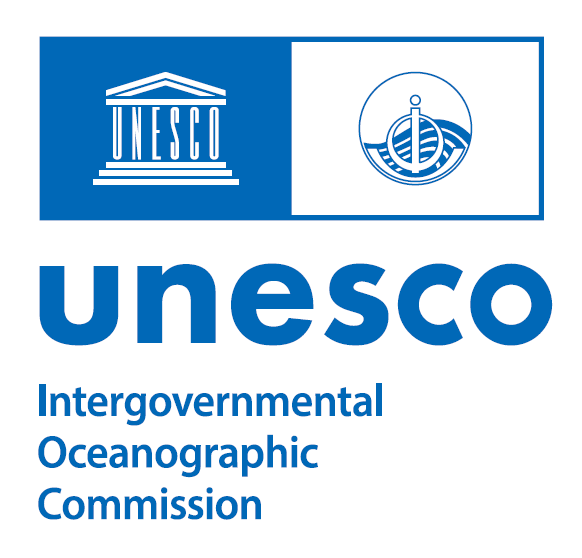PROJECT TITLE: Training programs on Prevention, Control, and Mitigation of Harmful Algal Blooms (PCM-HABs) for mariculture stakeholders of Southeast Asian countries
Scope: Global with Southeast Asia regional focus
Type: seminar and training courses
Timeframe: 2 weeks in summer of 2024, TBD
Venue: Nanning, Guangxi Province, China
Principal Investigators:
Dr Zhiming Yu
Address: Nanhai Rd 7, Qingdao, 266071, China
Tel/Fax: +86-532-8289-8581
E-mail: This email address is being protected from spambots. You need JavaScript enabled to view it.
Contact person:
Dr. Isaac Y. Yuan, This email address is being protected from spambots. You need JavaScript enabled to view it.
Introduction to the program
Training programs on PCM-HABs are attempted to fill the gap between HAB-influenced stakeholders and applicable technologies on PCMHAB. As the initial stage, this program will focus on mariculture stakeholders from Southeast (SE) Asia. Major activities will include training workshops, field demonstrations, and seminars, covering the latest developments in HAB research, spanning from rapid-test kits, toxin detection, early warning, and emergency HAB control. Potential trainees are Early Career Ocean Professionals (ECOP) and mariculture stakeholders from SE Asian countries (Malaysia, Singapore, Thailand, Brunei, Vietnam, Indonesia, and the Philippines), with 2-3 individuals for each nation. In the meantime, the trainees are supposed to be fluent in English communication and with a minimum of five years of professional experience. Moreover, partners rather than SE Asian countries are highly welcomed to join the seminars highlighting HAB status and its impact on mariculture of this region.
Background
Harmful algal blooms (HABs) are a typical ecological disaster that cause damage to the ecosystem structure and threaten human health globally. The increasing events of HABs, particularly along the coast of Southeast Asian countries, become one of the major threats to mariculture industries. For instance, a recent bloom of Cochlodinium sp. in 2020 caused massive mortality of cultured groupers along the Penang coast, Malaysia (Mohd Razali et al., 2020); Karenia blooms in Singapore waters were spotted more frequently in recent years (unpublished data, Leong et al., 2016), and HAB-induced fish mortality was recorded in Thailand (Fu et al., 2021). To combat the disaster, efforts have been put into the Prevention, Control, and Mitigation of HABs (PCMHAB). Various technologies and approaches in PCMHAB have been developed and implemented, for example, rapid species detection methods utilizing genetic chips, Environmental Sample Processor (ESP), and Imaging FlowCytobot (IFCB). Likewise, clay disposal has been introduced and proven to be a promising technology suppressing HABs (Shirota, 1989; Yu et al., 1994; Kim, 2006; Park et al., 2013; Yu et al., 2017) and has been widely used in China and Korea for decades. However, there has not been a specific training course program connecting the needs and aids yet. The gap between the stakeholders who are willing to find some way to mitigate HAB influences, and the latest technologies regarding PCMHAB research is still huge and, thus needs to be elevated and further promoted by extensive collaborations.
References
- Roziawati bt. Mohd Razali, 2020, Laporan analisa sampel air di kawasan sangkar ternakan ikan di Bukit Tambun & Sg. Udang.
- Leong S., 2016, Harmful Algal Blooms in Singapore Coastal Waters: Country Report.
- Fu Z., Piumsomboon A., Punnarak P., et al., 2021. Diversity and distribution of harmful microalgae in the Gulf of Thailand assessed by DNA metabarcoding. Harmful Algae, 106: 102063.
- Shirota A., 1989. Red tide problem and countermeasures (2). Int J Aquat Fish Technol, 1:195–223.
- Yu Z., Zou J. 1994. Application of clays to removal of red tide organisms. I. Coagulation of red tide organisms with clay. J. Oceanol. Limnol., 12 (3), 193-200.
- Kim h., 2006. Mitigation and controls of HABs. In Granéli E, Turner JT (eds) Ecology of harmful algae. Ecological studies, vol 189. Springer-Verlag, Berlin, pp 327–338.
- Park T., Lim W., Park Y., et al. 2013. Economic impact, management and mitigation of red tides in Korea. Harmful Algae, 30S:S131–S143.
- Yu Z., Song X., Cao X., et al., 2017. Mitigation of harmful algal blooms using modified clays: Theory, mechanisms, and applications. Harmful Algae, 69: 48-64.


